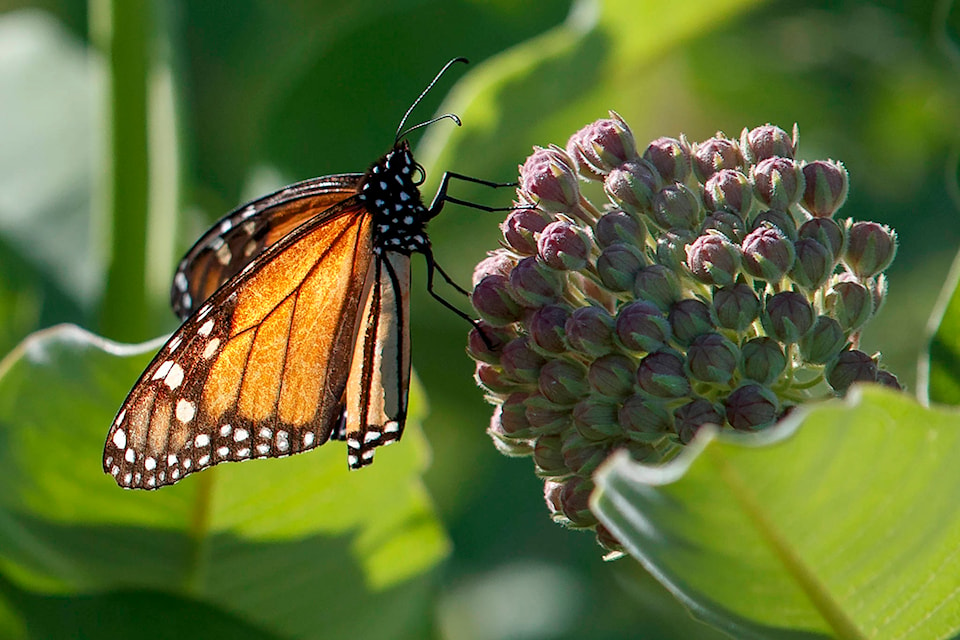There is nothing more beautiful than enjoying butterflies flitting about the garden or yard on a warm summer evening.
Especially monarch or swallow tails, with wonderful colored patterns. The give cause to pause for a moment and reflect on how they have journeyed from their winter home from the El Rosario sanctuary pine forests of the Monarch Butterfly Biosphere Reserve near Michoacan, Mexico, to Canada – a 3,220-kilometre journey for generations, then fly back each October, clinging by the thousands to the swaying branches in hibernation.
Although it’s still winter in northern climes, even the Shuswap, just wait a bit – spring is on its way, with new wonders and experiences once again. Not is all well in southern climes (Mexico), though with poachers, and rival gangs that battle to control smuggling routes through the hills that are home to millions of monarch butterflies. A protector of the reserve and the monarchs, Homero Gomez Gonzalez, was recently found dead, possibly from the ire of illegal logging interests in the area. Global Witness, an NGO that tracks such events, said in a July 2019 report that 18 environmental activists were killed in 2018 alone. Gonzalez’s disappearance prompted a search, resulting in 53 regional police officers taken in for questioning.
Read more: Column: Strange encounters of conservation officers
Read more: Column: A very emotional issue for all
Of the world’s 20,000 species of butterflies, the swallowtail butterfly, which include more than 550 species, are the most wanted and expensive to collectors who buy and trade specimens from Asia, Africa and West Papua, Indonesia.
The trade in animal parts and poaching is just not confined to our beautiful birds and butterflies. For those folks who go on the internet or read Western Canadian Game Warden, there are countless incidents of wildlife poaching and smuggling taking place. But with new technologies, conservation officials and organizations are becoming better equipped to stem the tide of such illegal activities.
